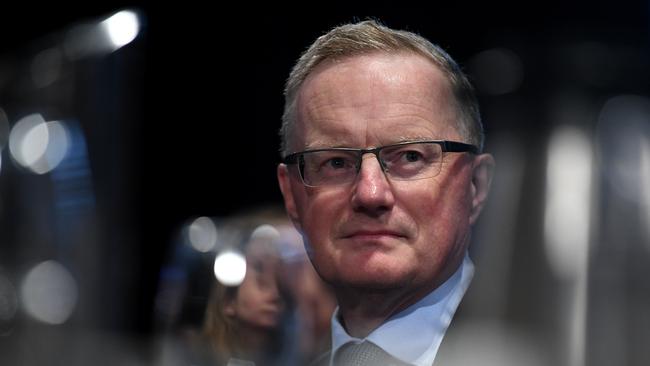COVID-19 economic risks skewed to the downside, says RBA
The economy stands to lose more from further outbreaks than it stands to gain from a successful suppression, the RBA says.

Reserve Bank board members at their most recent meeting discussed the outsized risk that the unemployment rate would reach 10.5 per cent by the end of the year and would still linger at 9 per cent two years later in a “downside” scenario of further COVID-19 outbreaks and rolling shutdowns.
In the wake of Victoria’s second wave of new infections, RBA board members were presented with three scenarios detailed in the bank’s latest outlook, minutes released on Tuesday revealed.
The most pessimistic of the forecasts compared with the base case that the jobless rate would reach 10 per cent by the end of the year and fall to 7 per cent at the end of the forecast period.
The most optimistic scenario involved unemployment falling short of 10 per cent this year, followed by a more robust recovery that would leave the key jobless measure at 6 per cent by the end of 2022.
But “members noted that the downside scenario entailed a much larger deviation in output from the baseline compared with the upside scenario, reflecting that the risks around the outlook were to the downside,” the minutes read.
The minutes noted that about 30 per cent of Australia’s working-age population was on some sort of government income support, either JobKeeper, JobSeeker or equivalent payments.
RBA board members “welcomed” the Morrison government’s plan to extend key income support measures, and they “considered it likely that fiscal and monetary support would be required for some time, given the outlook for the economy and the labour market”.
The board discussed how the Melbourne lockdown and intensified restrictions for the wider state “was a setback to the recovery and would weigh on overall domestic activity in the September quarter”.
They heard that the “general uncertainty” from the second wave of coronavirus cases meant the situation in Victoria had proved a drag on the national recovery and was “affecting demand more broadly”.
“Mobility indicators suggested that the previous recovery in activity had slowed across the country, including beyond Melbourne,” the minutes read.
The central bank expected the impact of free childcare and plunging petrol prices in the June quarter consumer price index would be “largely reversed” over the following three months.
A fall in rents also contributed to the country’s first bout of deflation since 1998, and the RBA expected little relief for landlords out to the end of its forecast period to 2022.
The minutes noted that “the weakness observed in rents in the June quarter was expected to persist over the forecast period, given the slowdown in population growth because of lower migration”.
At its last meeting on August 4, the RBA held its cash rate steady at 0.25 per cent, and announced it would restart buying bonds to push the three-year yield back towards its target — also set at 0.25 per cent.
Echoing RBA governor Philip Lowe’s comments to a parliamentary committee last week, the minutes noted members “did not rule out adjusting the current package if circumstances warranted”, although Dr Lowe has indicated he was unwilling to push the cash rate below zero.
The RBA boss has said rates are expected to remain unchanged for at least three years.




To join the conversation, please log in. Don't have an account? Register
Join the conversation, you are commenting as Logout